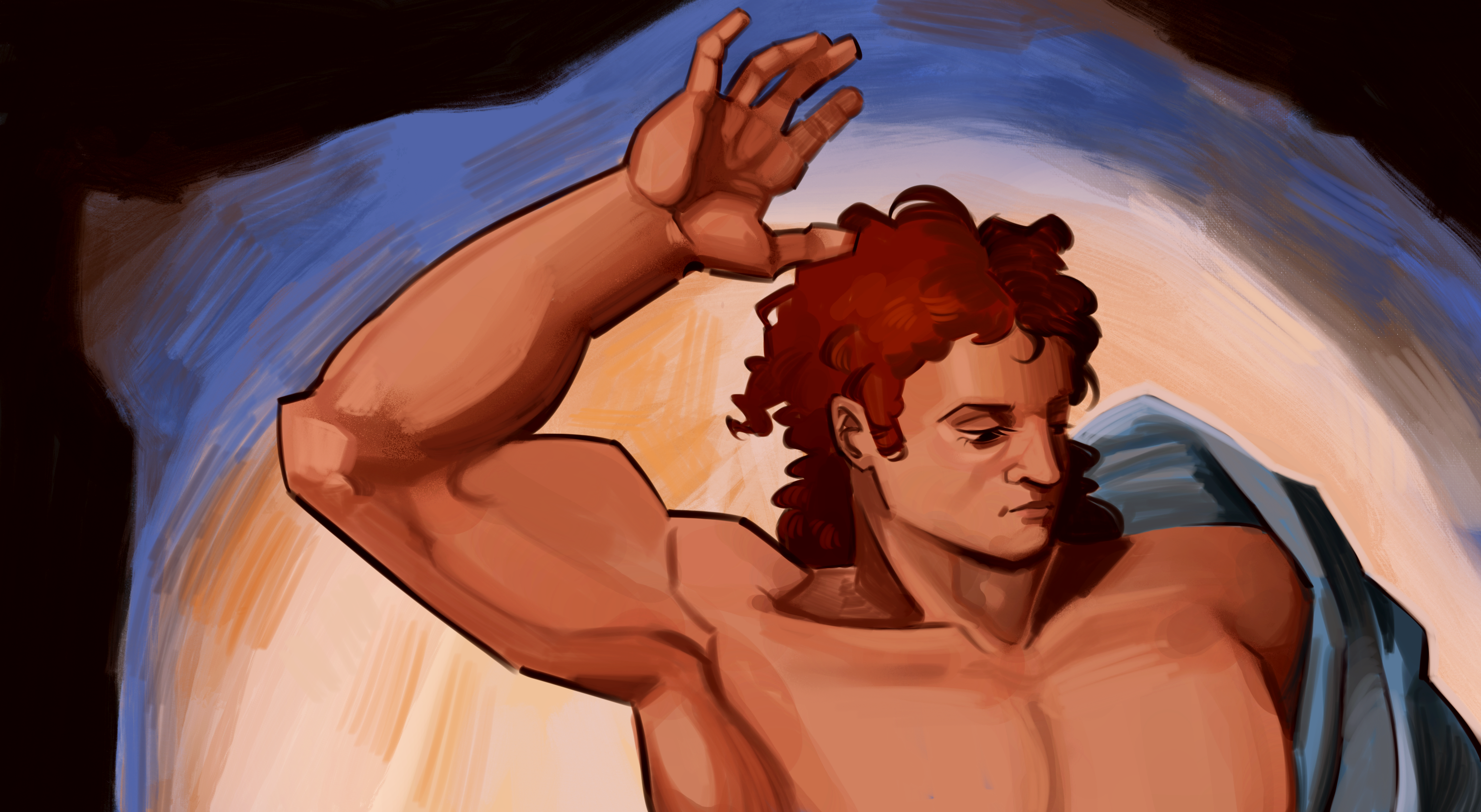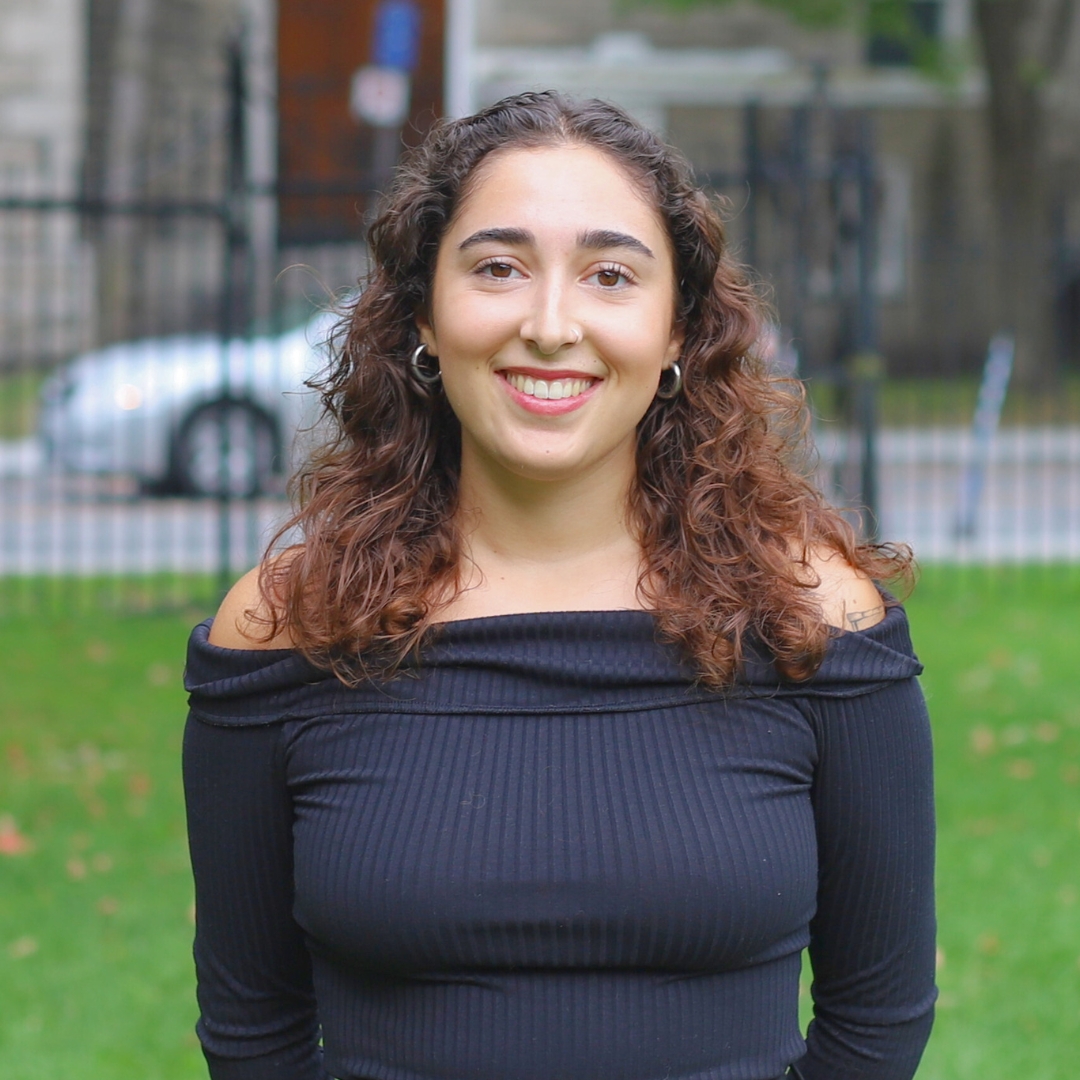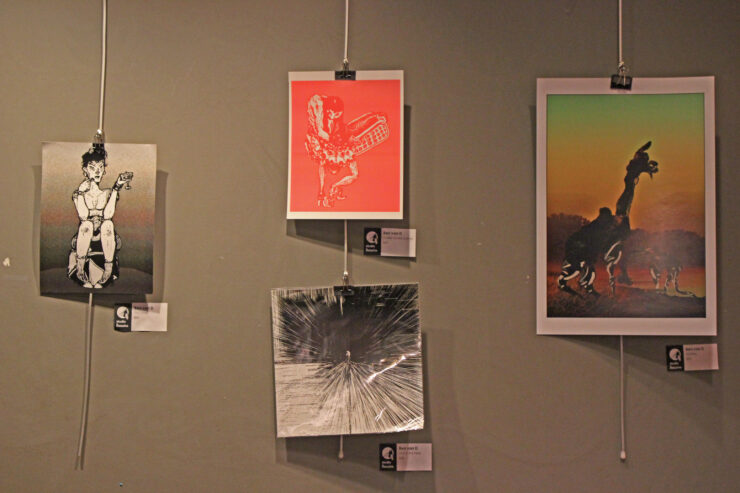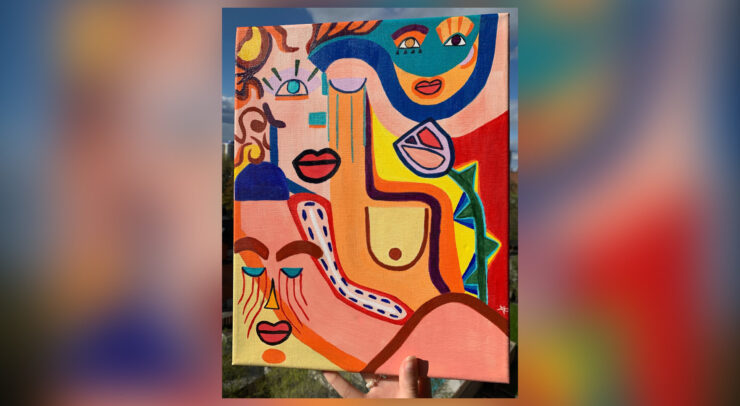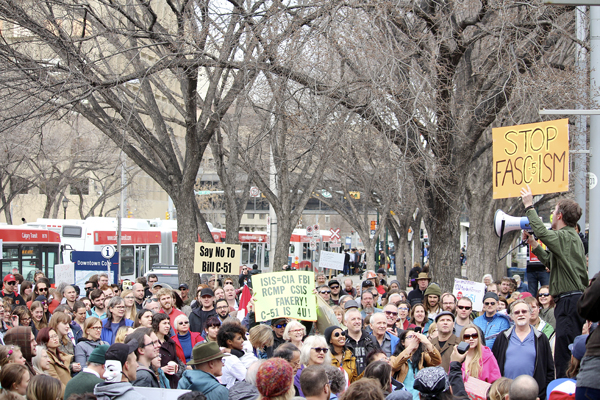“Truth is on the side of the oppressed.” -Malcolm X
Most of the time, certain Canadians can say whatever they want without fear of being punished. Think of the Freedom Convoy as an example here. Recently at the U of O, medical resident Dr. Yipeng Ge was suspended over pro-Palestine posts.
While the freedom of expression is a right outlined in the Canadian Charter of Rights and Freedoms, in practice this freedom is apparently flexible when it comes to online advocacy. Still, when censorship occurs, it is shocking and infuriating. That anger is amplified when we examine who is told to be quiet. Simply put, it is never the truckers.
It has become clear, on our campus as well across the country, whose voices are being silenced. Censorship of urgent issues, such as the ongoing genocide of Palestinians in Gaza committed by the Israel Occupation Forces is frustrating students.
Unfortunately, censorship is not a new phenomenon. And, censorship is different from cancel culture. While cancel culture is sporadic and selective, censorship is a tool used systematically by authority to silence entire movements or a certain narrative.
Often, this tactic is employed to silence minority groups or ‘controversial’ topics that simply endanger the legitimacy of a government or state. Indeed, silencing a movement as an attempt to control the narrative is a tactic of oppression.
Art and music have always been used to propagate a message, and thereby have always been a prominent target of censorship. Censorship resistance is critical for the causes that art seeks to promote.
Here are some of the notable instances of art censorship and what these examples can teach us about resistance.
- Michelangelo, “The Last Judgement,” 1536–1541
For Religious officials, Michelangelo’s “Last Judgement” gave new meaning to the phrase ‘screaming at the sky’. Approximately 25 years after finishing the Sistine Chapel ceiling, Michelangelo returned to the Vatican to paint a depiction of the Second Coming of Christ, “The Last Judgement,” which outraged the Counter-Reformation Catholic church.
The painting was debated for several reasons such as the style in which Jesus was painted, in the classic style of pagan mythology, and without a beard (scandalous!). Also, the church was shocked that all 300 figures in the paintings were mostly male, and mostly nude (even more scandalous!).
In possibly the most petty movement of censorship, known as the fig-leaf campaign, the church painted leaves and cloth over the ‘offending anatomy’ of Michelangelo’s figures. Some of these additions were later removed as part of a 20th-century restoration.
This example demonstrates that an act of censorship can be reversed later on, as it reflects the culture of the time. So, critics of censorship should ask; what is authority attempting to cover up in these acts of censorship? What is the narrative they want to popularize instead?
- Sex Pistols, “God Save the Queen”, 1977
Much of our favourite music nowadays was easily accepted when it was first released. Skipping ahead several centuries and changing mediums, we find that the English punk rock band the Sex Pistols were also victims of censorship, though for different reasons than Michelangelo. However, the theme of religion and authority reoccurs.
In their 1977 hit song “God Save the Queen”, the Sex Pistols express anger and frustration at the British monarchy. In fact, they sing outright “God save the Queen/the fascist regime”. To add to the alleged insult, the song shares the same title as the British national anthem. In response, stores ignored the high ranking of the song on national charts and the BBC never played the record.
This more modern instance of censorship demonstrates how regimes stay in power even when the public questions it—they simply erase any disagreement.
- Zehra Doğan, journalist and artist, 2017
In 2017, Zehra Doğan was sentenced to serve two years and 10 months for her work as a journalist, and more notably for a painting that depicted the destruction of the Nusaybin district of Mardin province, a Kurdish region in Turkey caused by Turkish security forces.
It was reported that the Mardin Second High Criminal Court in Turkey gave this sentence because Doğan painted the Turkish flags on buildings destroyed by Turkish forces, presumably blaming and shaming the military forces for this atrocity.
As we have observed, governments are not good at taking the blame and accepting responsibility for their actions. It is much simpler to imprison innocent artists who point out your flaws than actually address them.
- Ai Weiwei, Sunflower Seeds, 2010-2011
Ai Weiwei is an artist who uses his creative work to speak out against censorship, the gentrification of the art market, and to criticise China’s ruling government.
Weiwei has been detained by police, his computers and equipment have been taken, his studio has been damaged, and he has been held in jail as well as under home arrest.
Power Station of Art, a government-operated museum in Shanghai removed Weiwei’s name from the list of winners of the Chinese Contemporary Art Award and removed his renowned work “Sunflower Seeds”. The piece was inspired by the symbol of the sunflower which was an important symbol during the Cultural Revolution in China in the 1960s and 1970s. The Chinese government has repeatedly punished Weiwei for his criticism of systematic censorship.
Overall, censorship over time can teach us the purpose of censorship is to quiet groups who question a government’s or authority’s legitimacy. Importantly, these have all been isolated incidents where one individual can be targeted. If everyone raises their voices, there is not much authority can do.

